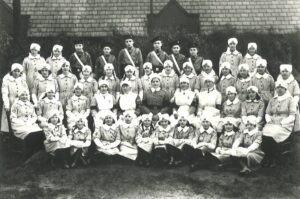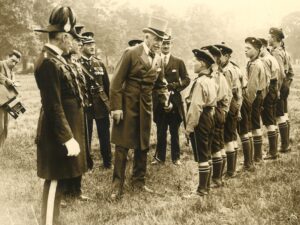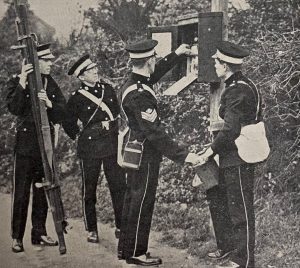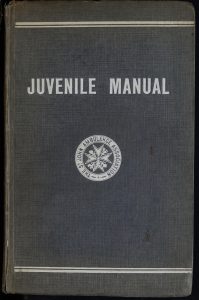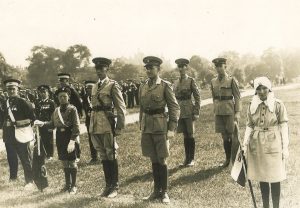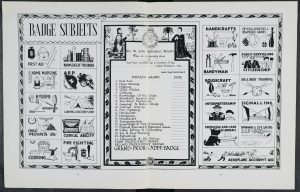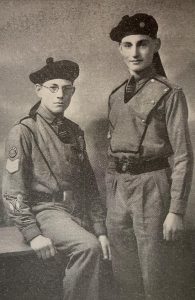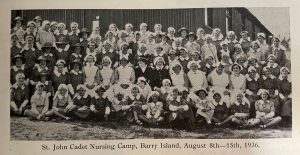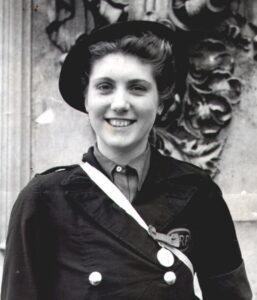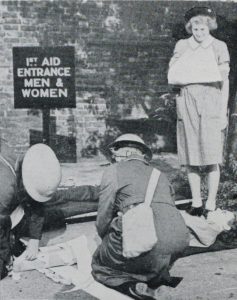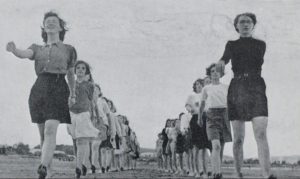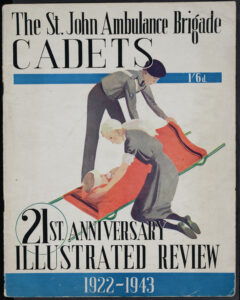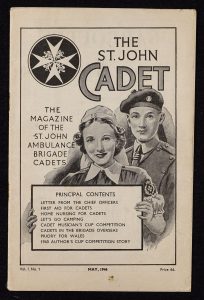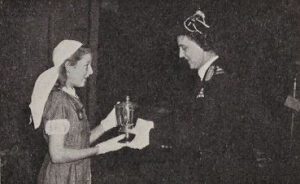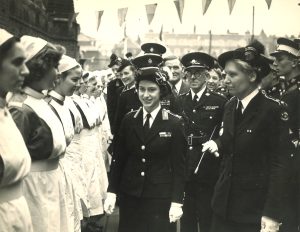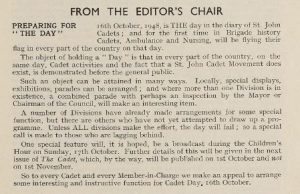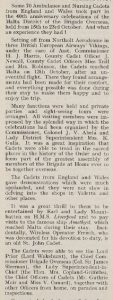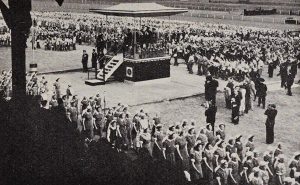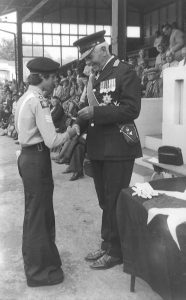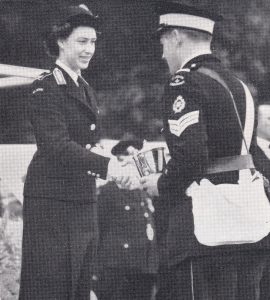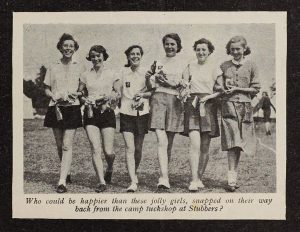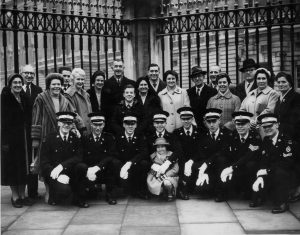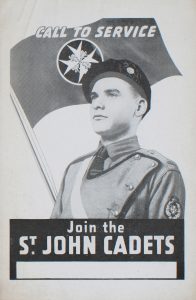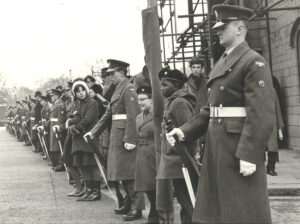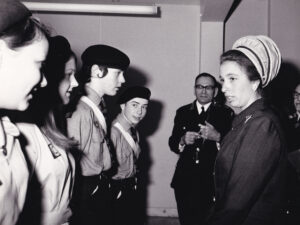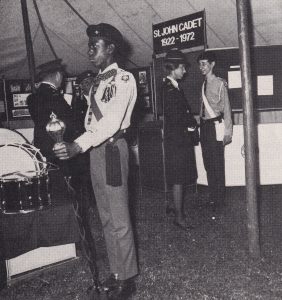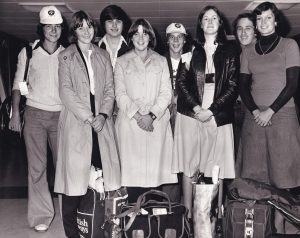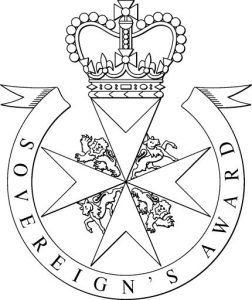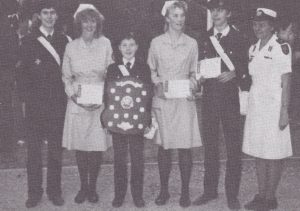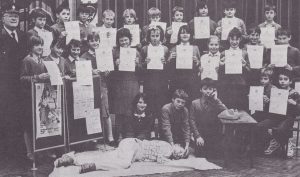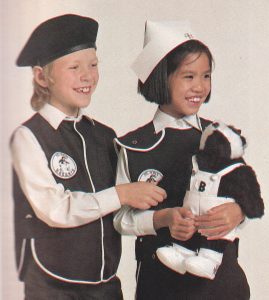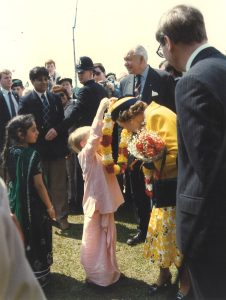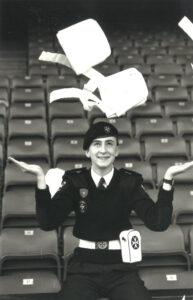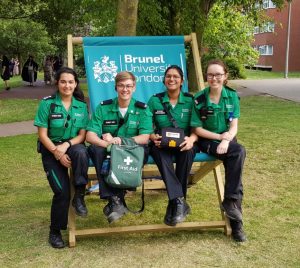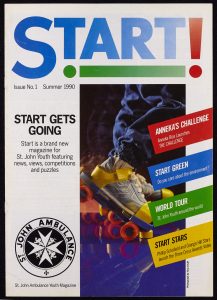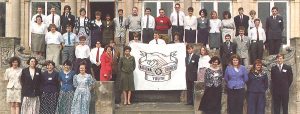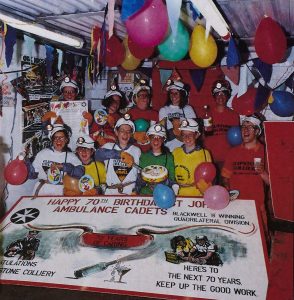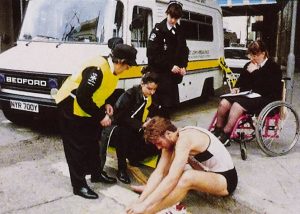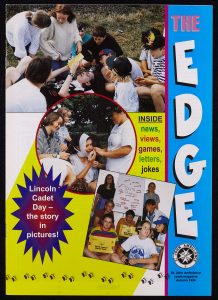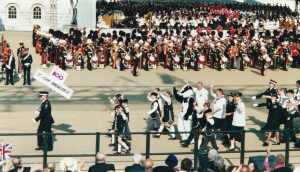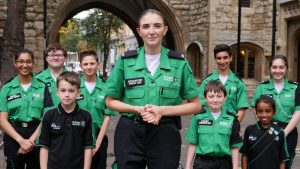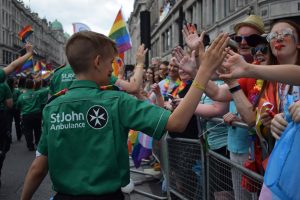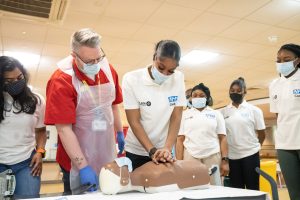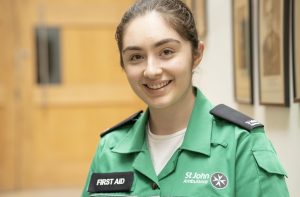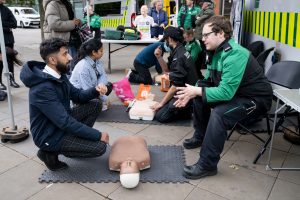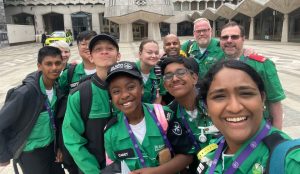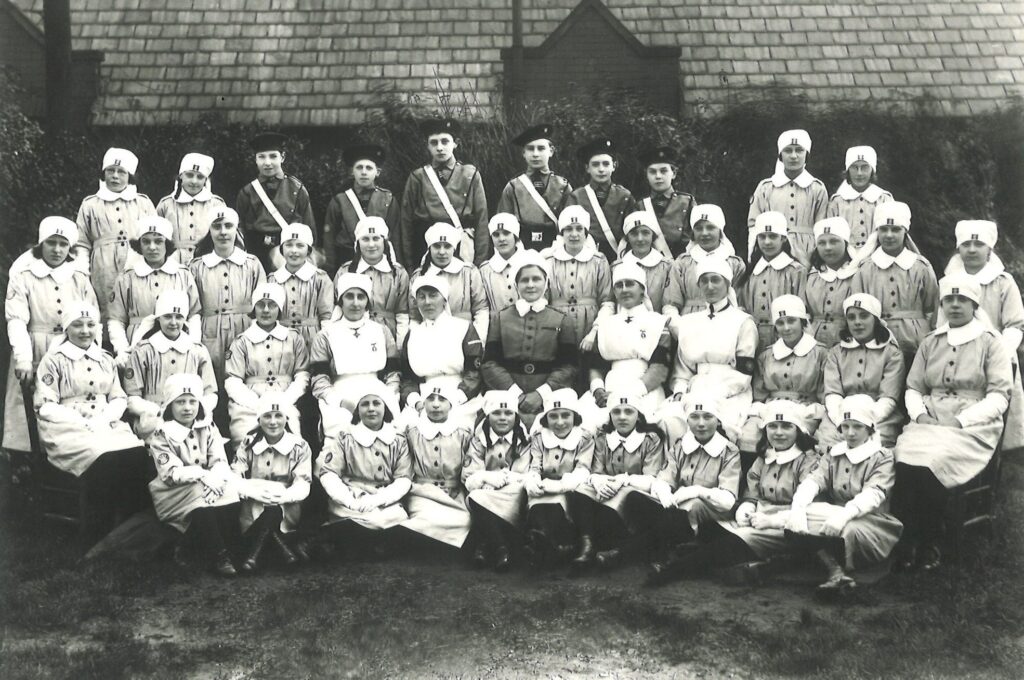
Timeline
1922
St John Ambulance Cadets founded on 15 March. The Gateshead Saltwell Nursing Cadets are the first Division formed on 25 May. On 18 November, Rochford in Lancashire is the first town in which a boys and girls Division established on the same day.
1922
The British Broadcasting Corporation (BBC) is created
1925
First international Cadet Division formed in Mumbai, India
1928
All women over 21 get the vote and Alexander Fleming discovers penicillin
1929
Wall Street Crash sparks Great Depression
1933
First Grand Prior badges awarded to Ambulance Cadets: Cadet Sergeant G. Anderson and Cadet Corporal W. Lloyd from Slough Ambulance Cadet Division. First Grand Prior badge awarded to an international Cadet: Marion Higgins of the Marrickville Cadet Nursing Division, New South Wales, Australia
1934
First Grand Prior badge awarded to a Nursing Cadet: Cadet Sergeant Gladys Dodds of Slough Cadet Nursing Division
1935
First Penguin paperbacks go on sale
1937
George VI became king of the United Kingdom
1939-1945
Second World War
1940
Nursing Cadet Betty Quinn awarded the George Medal for bravery during the Coventry Blitz when she rescued casualties from an Anderson shelter that had received a direct hit on 19 October 1940. Many other Cadets receive the Meritorious First Aid Certificate for their heroism during air raids. Other war work undertaken by Cadets includes collecting scrap and shrapnel for salvage, working in nurseries looking after the children of women factory workers and acting as stretcher bearers for wounded soldiers returning in hospital ships.
1944
War Service badge introduced for Ambulance Cadets
1947
India becomes independent from Britain
1947
First National Cadet Competitions held at the Royal Horticultural Hall, London, with prizes awarded by HRH The Duchess of Kent. The American Cup for Gallantry was awarded to 13 year-old Nursing Cadet Betty Matthews of Littlehampton, West Sussex, for saving a boy from drowning.
1948
The National Health Service (NHS) is founded and the 'SS Empire Windrush' docks at Tilbury
1951
The Festival of Britain held on South Bank in London
1951
6,000 Cadets parade before HRH The Princess Margaret at Doncaster, South Yorkshire. Nursing Cadet Barbara Johnson from Rotherham Division presented with Cadet Meritorious Certificate for putting out the flames and treating her 7-year old brother when his pyjamas caught alight.
1952
HRH Elizabeth II succeeds her father George VI
1953
In February Cadets distinguish themselves during the devastating East Coast floods assisting with evacuation of flood victims, sorting and distributing comforts, delivering messages and taking care of the homeless and elderly. 16 year-old Ambulance Cadet John Price from Essex awarded the Order of St John's Life Saving Medal in silver for rescuing people from flooded homes.
1953
Cadets on duty at the Coronation of Queen Elizabeth II at Westminster Abbey. A Coronation Camp held at Stubbers, North Ockendon in Essex attended by 2000 Cadets from the UK and abroad. HRH Princess Margaret prevented from attending due to a case of meningitis.
1956
Clean Air Act in response to worsening air pollution in urban areas
1959
New upper age limit of 16 introduced for Cadets so that boys can move up into Adults before they are called up to National Service
1962
Cuban Missile Crisis nearly causes nuclear war
1965
St John Ambulance Cadets present at Sir Winston Churchill's state funeral. One of the largest First Aid operations undertaken by St John involving over 4,000 Brigade members from all parts of the UK.
1966
England wins the World Cup and the first Notting Hill Carnival is held
1967
Abortion and homosexuality are legalised in Britain
1972
First official UK Gay Pride rally in London
1972
Celebrations held in Hyde Park for the Cadets' Golden Jubilee and the Albert Schweitzer Prize, presented by the Goethe Foundation of Switzerland for services to humanity, awarded to St John Cadets
1977
More than a 100 Cadets from Oxfordshire visited Malta for a ten-day camp and 12 Cadets visited New Zealand to celebrate the 50th anniversary of the New Zealand Cadets at Wanganui
1979
Margaret Thatcher becomes Prime Minister
1981
Inaugural year for the London Marathon and the Great North Run
1982
The Falklands War
1982
At the time of the Cadets' Diamond Jubilee there are 49,000 Cadets registered in the UK. A Cadet Spectacular is held at the Royal Albert Hall directed by Major Michael Parker and 1,200 Cadets take part. One of the events to commemorate the Jubilee was the participation in the Nijmegen Vierdaagse, a 100-mile walk in Holland over 4 days. Participation was open to Cadets nationally, with participants from NHQ, South and West Yorkshire, Cleveland, Dorset, Northern Ireland, Northamptonshire, North Yorkshire, and Shropshire.
1984
National Miners' strike over pit closures
1986
National Cadet of the Year competition established. Cadets are tested on First Aid, communication, teamwork, presentation and media skills in a two-day contest. The first winner is Rebecca Hutchinson from Leicestershire. A new initiative, the St John Badgers for children aged 6-10, is piloted in four counties.
1987
Centenary of the St John Ambulance Brigade celebrated with The Great Party held in Hyde Park. This spectacular event was televised and attended by Her Majesty The Queen, Prince Philip and the Duke and Duchess of Gloucester.
1989
World Wide Web invented
1990
HRH Princess Anne visits Buckinghamshire County Cadet Camp, then the largest in the country with over 270 attendees
1991
First meeting of the St John Ambulance National Youth Council held at Cowley Manor, Gloucestershire in April and launched by HRH Princess Anne. Open to members aged 16-25 to have a say in the running of the charity. Logo designed by Christopher Knifton from Coalville Cadet Division, Leicestershire.
1991
New Cadet video WHO CARES? launches to raise public awareness of the opportunities available for young people in St John Ambulance
1992
Channel Tunnel opens
1992
St John celebrates 70 years of Cadets with a challenge for divisions to hold the most interesting/ingenious/amazing 'Birthday Party'. The competition was won by Blackwell B Winning Colliery Quadrilateral Division, Derbyshire who held a party underground at Clipstone Colliery.
1994
First women priests ordained by Church of England
1994
St John Ambulance run first National First Aid Competition for schools
1995
400 Cadets join Veterans to celebrate the 50th anniversary of VE Day
1998
Good Friday Agreement
2000
First national conference for St John volunteers aged 16-21 takes place at Sheffield University in April and is broadcast online
2001
Foot-and-mouth crisis
2003
Britain joins US-led invasion of Iraq
2005
Bombings on London's transport system
2017
Grenfell Tower disaster and Manchester Arena bombing
2020
Start of Covid-19 pandemic and First Aid added to National Curriculum in schools

